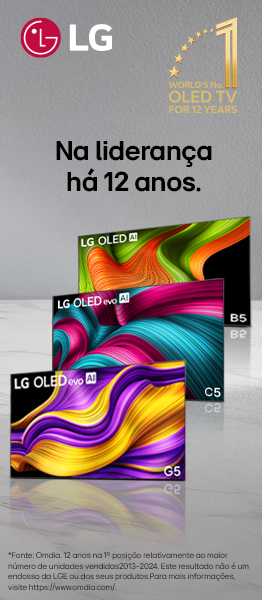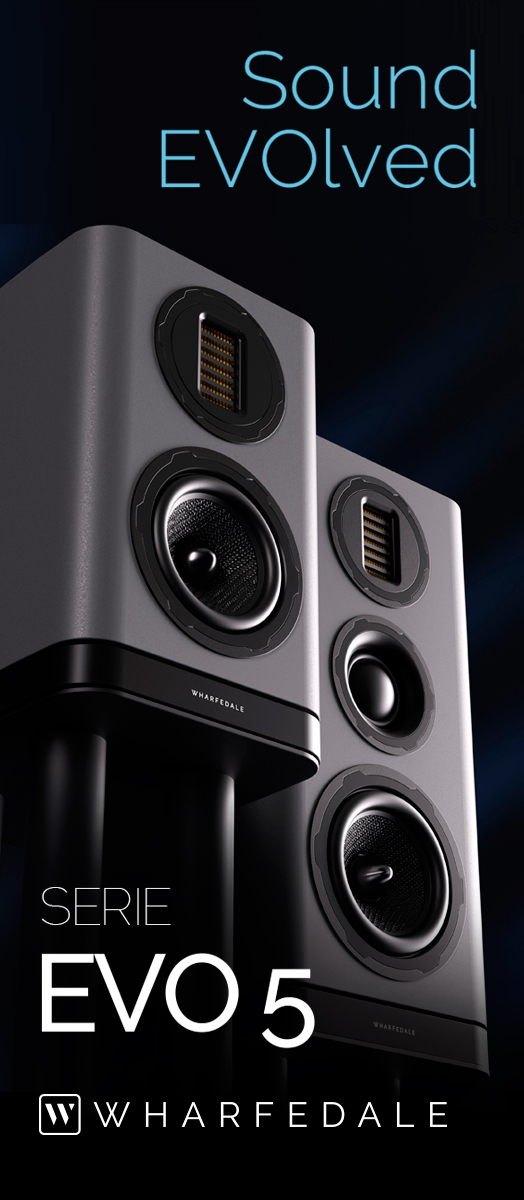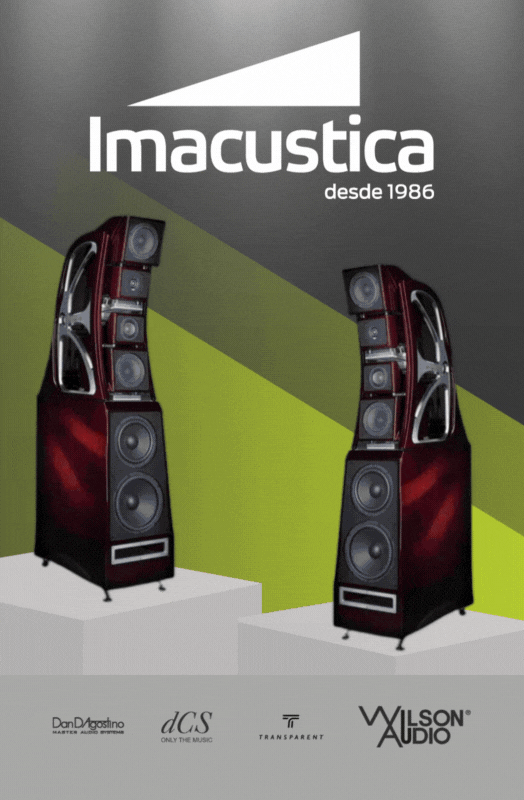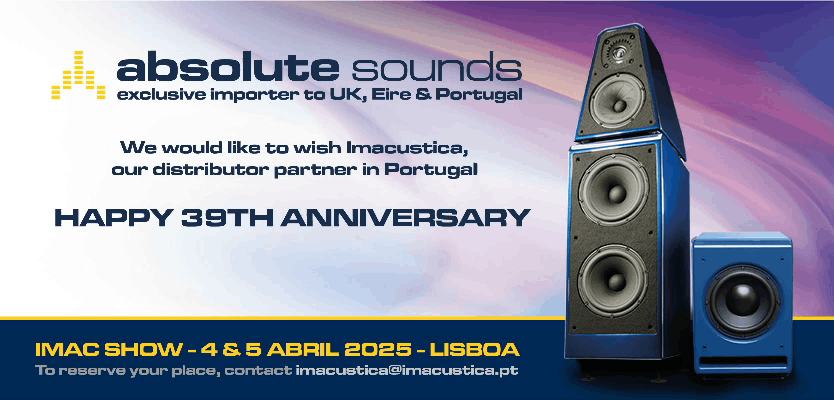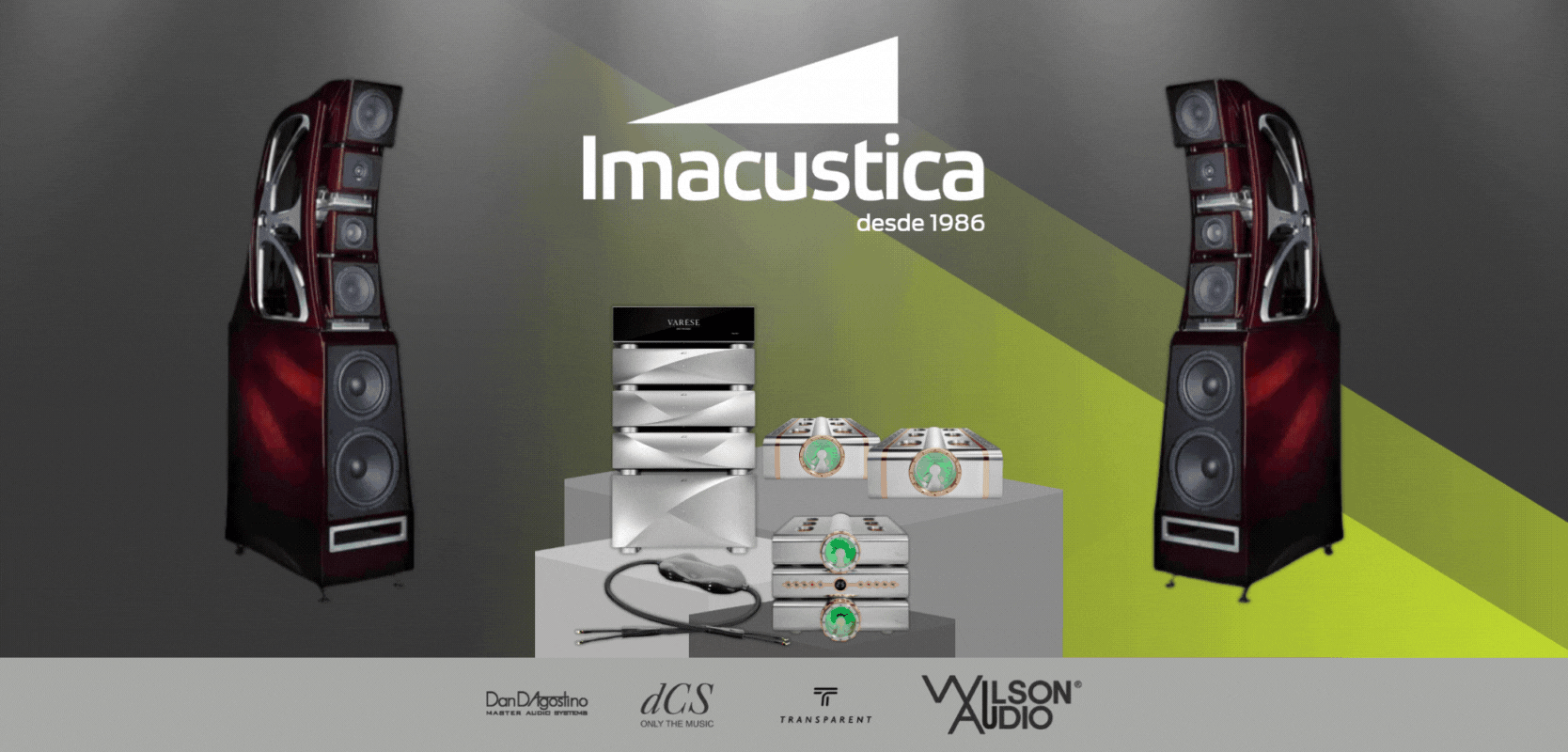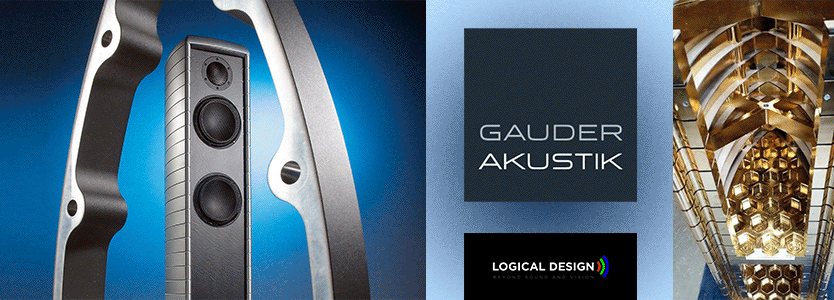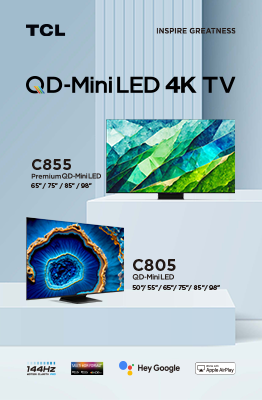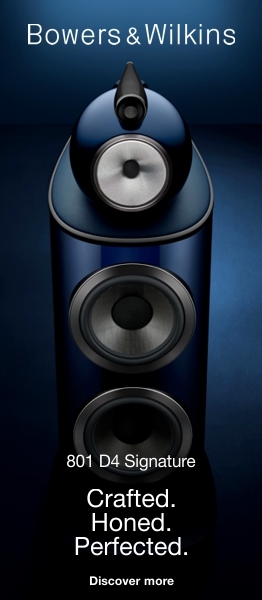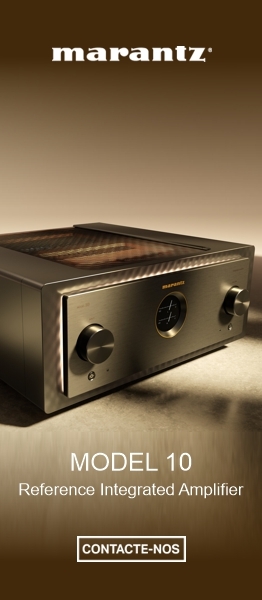Eversolo A6 and A6 Master Edition Gen 2
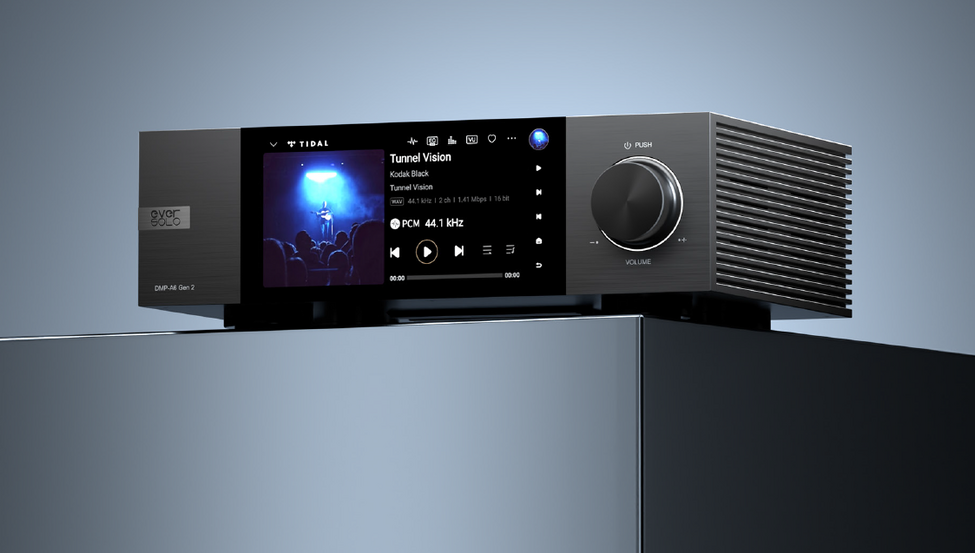
Miguel Marques
21 maio 2025
Two “brothers” who get along very well, something that doesn’t happen in all families.
I’ve written before and I’ll say it again - few brands have entered the high-fidelity market with the speed and recognition that Eversolo has achieved. Being part of the Zidoo group certainly helped, but that alone doesn’t explain the Chinese brand’s remarkable success. If colorful, large-screen streamers are now commonplace, it’s largely thanks to Eversolo and the pressure it placed on competitors to keep up. The company’s first two products, back in 2023, were the A6 and, later, the A6 Master Edition - featuring upgraded op-amps and clocks, among other component improvements. I’ve now had the chance to test both, in their updated Gen2 versions, that include a new linear power supply (replacing the previous switch-mode one), ARC/eARC inputs for TV, WOL mode (wake-on-LAN via app), and trigger mode. Additionally, Eversolo’s firmware updates have been so frequent and substantial that this is effectively a different product from the one I reviewed in August 2023, when I wrote my first article here.
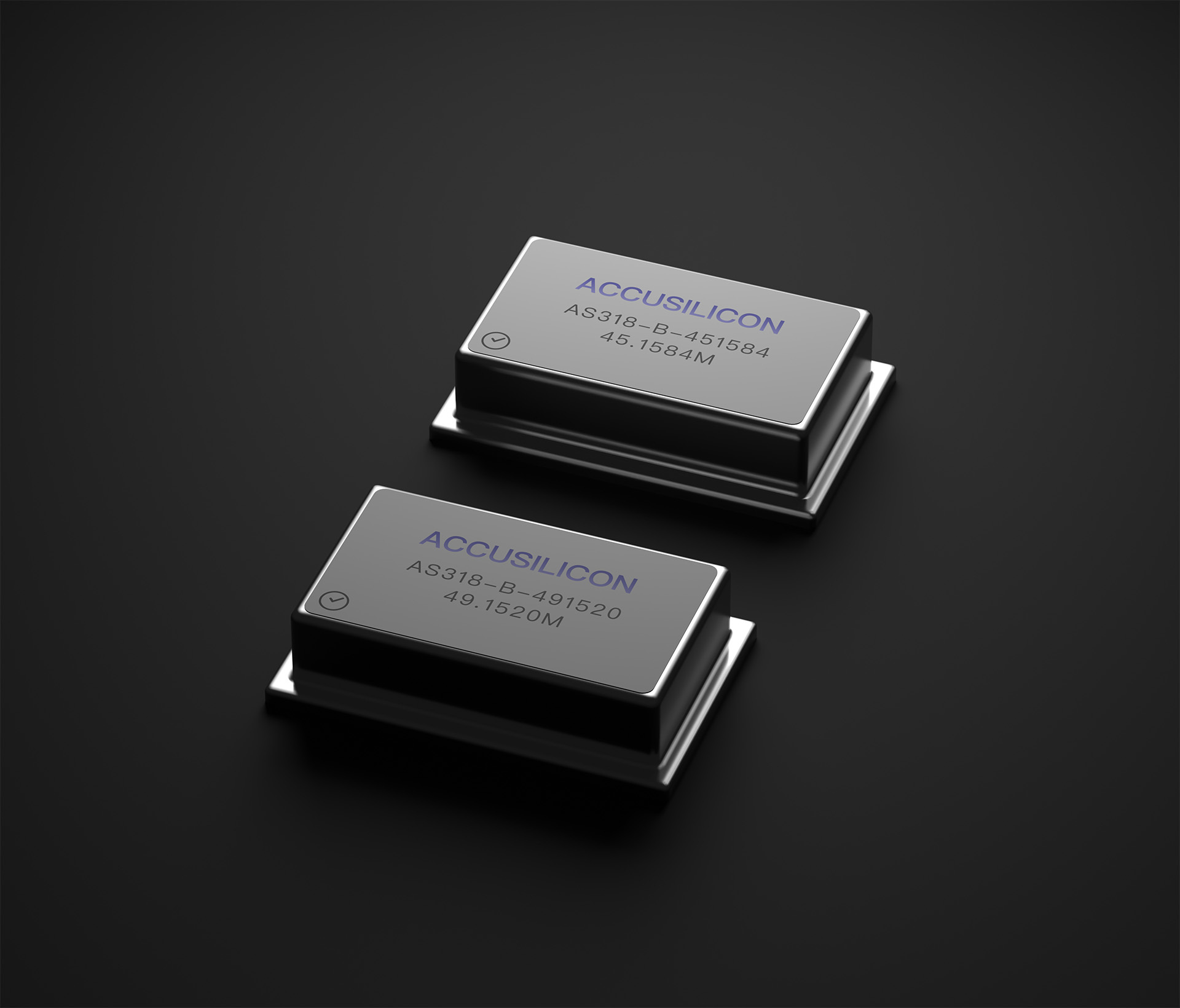
Understanding all that these units do is in itself a challenge: they’re streamers with dual Sabre DACs (ES9038Q2M), digital transports (with optical, coaxial, multi-channel HDMI, and USB outputs), DACs (with optical, coaxial, USB, and ARC/eARC inputs, via an XMOS audio interface), and servers (with SSD support), and they also offer RCA and fully balanced XLR analog outputs. Streaming protocols include Roon Ready, Tidal Connect, Spotify Connect, UPnP/DLNA, and Qobuz Connect (now out of beta), with native app support for Tidal, Qobuz, Amazon Music, and many others. Files can also be accessed via UPnP, WebDAV, NFS, SMB, Jellyfin, Emby, Plex, OneDrive, or Dropbox. I think it would be quicker to list what the Eversolos can’t do!
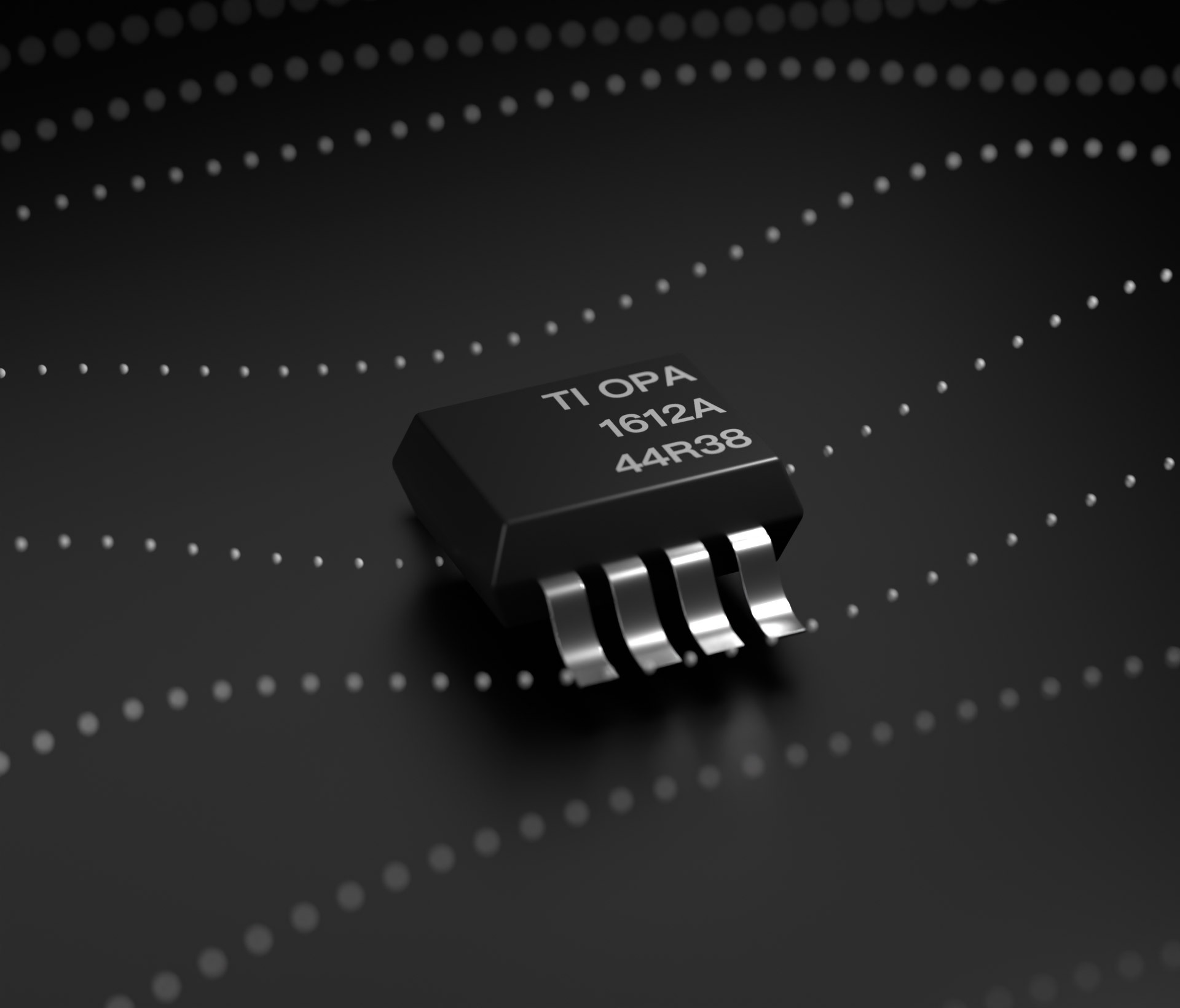
Considering their price range, the Eversolo units are unbeatable in design: full aluminum construction and a gorgeous display showing metadata, VU meters, and more - the Master Edition even lets you customize the LED ring around the volume knob and, by the way, also comes in black or white. It should also be said that anyone who still thinks companies manufacture in China because it’s cheap is completely mistaken — the Chinese are a technological powerhouse, with a highly specialized labor force, and they’re leading the way in many industries, not just high-fidelity audio (and if you don’t believe me, just listen to the many statements made by Tim Cook, CEO of Apple, on the subject).
As I mentioned earlier, one of the things I most appreciate about Eversolo - whom I’ve followed on social media since the beginning - is the constant and meaningful updates they deliver to their products, eliminating any risk of them becoming outdated. A testament to this is the fact that they were among the first brands to support Qobuz Connect (Beta), to add DSP in software form (more on that later), and to offer native Apple Music integration. They also quickly fix the small (and inevitable) bugs that arise - when I tested the original A6 in 2023, I pointed out to Eversolo that their implementation of the UPNP/DLNA protocol didn’t support gapless playback, and even suggested a solution - the issue was resolved in the very next firmware update. Then, earlier this year, while testing the A10, I flagged that the last track in a UPNP session would repeat indefinitely - that too was fixed in the following update. Eversolo is a brand that pays attention, listens to user feedback, and acts on it, which is far rarer in this industry than one might think.
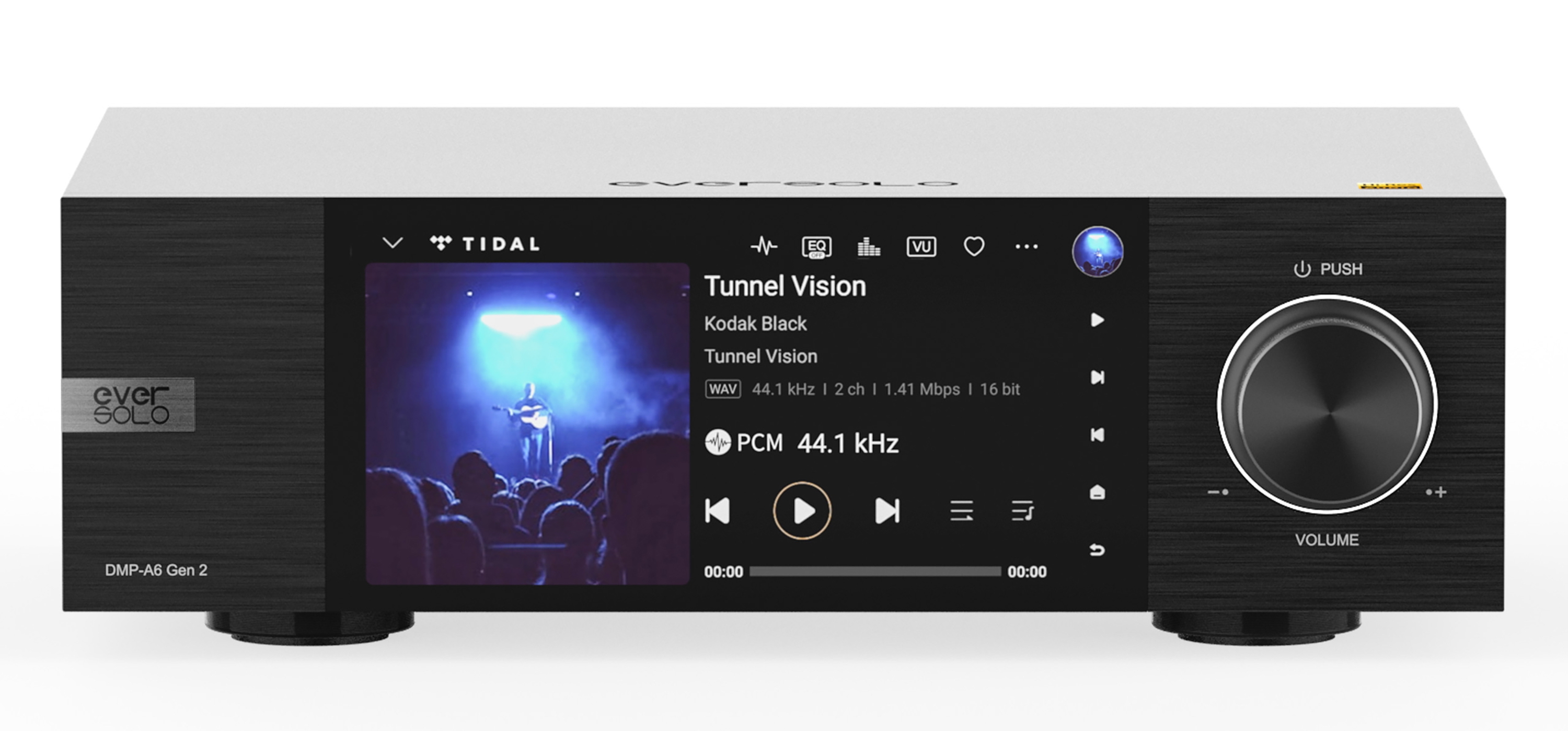
Despite major Gen2 updates, Eversolo hasn’t raised prices for the A6 - so, there’s no reason to consider Gen1 anymore - the new linear power supply and ARC input alone justify the upgrade. While top-tier brands can achieve great results with switch-mode power supplies, I generally find that linear transformers offer better performance in midrange products, and I believe the significant sonic improvements from Gen1 to Gen2 come mainly from this change.
Extensive listening sessions were carried out with both products, covering many albums and a wide range of musical styles - which I won’t detail here to keep this text from becoming too long. Both streamers were paired with an Electrocompaniet ECI 80D and the original version of the KEF LS50 speakers, with FLAC files running from a NAS using MinimServer. For simplicity, from this point forward, the A6 will be referred to as A6, and the A6 Master Edition as A6 ME.
DSP (Digital Signal Processing)
This is one of the key advantages of both A6 models, giving users access to equalization (both graphic and parametric, in stereo, with independent left and right channel control) and the excellent Eversolo Volume Control (EVC), which thankfully displays volume in negative decibels and operates on a linear scale. I know many audiophiles are skeptical of such tools, but they’re incredibly useful, and I hope more brands include them in the future.
Unlike the A8 and A10 models, which use hardware-based DSP on their analog outputs and require resampling to 48 kHz, the A6 and A6 ME implement DSP in software - this means no resampling up to 192 kHz. In fact, you can externally increase bit depth for better transparency - by converting my FLAC files to 32-bit WAV using MinimServer (maintaining the original sample rate, which in my case doesn’t exceed 192 kHz), the DSP quality improved significantly. Another noteworthy point: Eversolo is the first product I’ve tested where EQ changes don’t interrupt playback, and adjustments apply almost instantly (within about half a second). In contrast, platforms like Roon or Auralic pause audio briefly when applying EQ changes. The EQ interface is also fast to access in the now playing menu, simple to use, and visually excellent - although currently, EQ is only available for Eversolo’s internal player, not for the digital inputs.
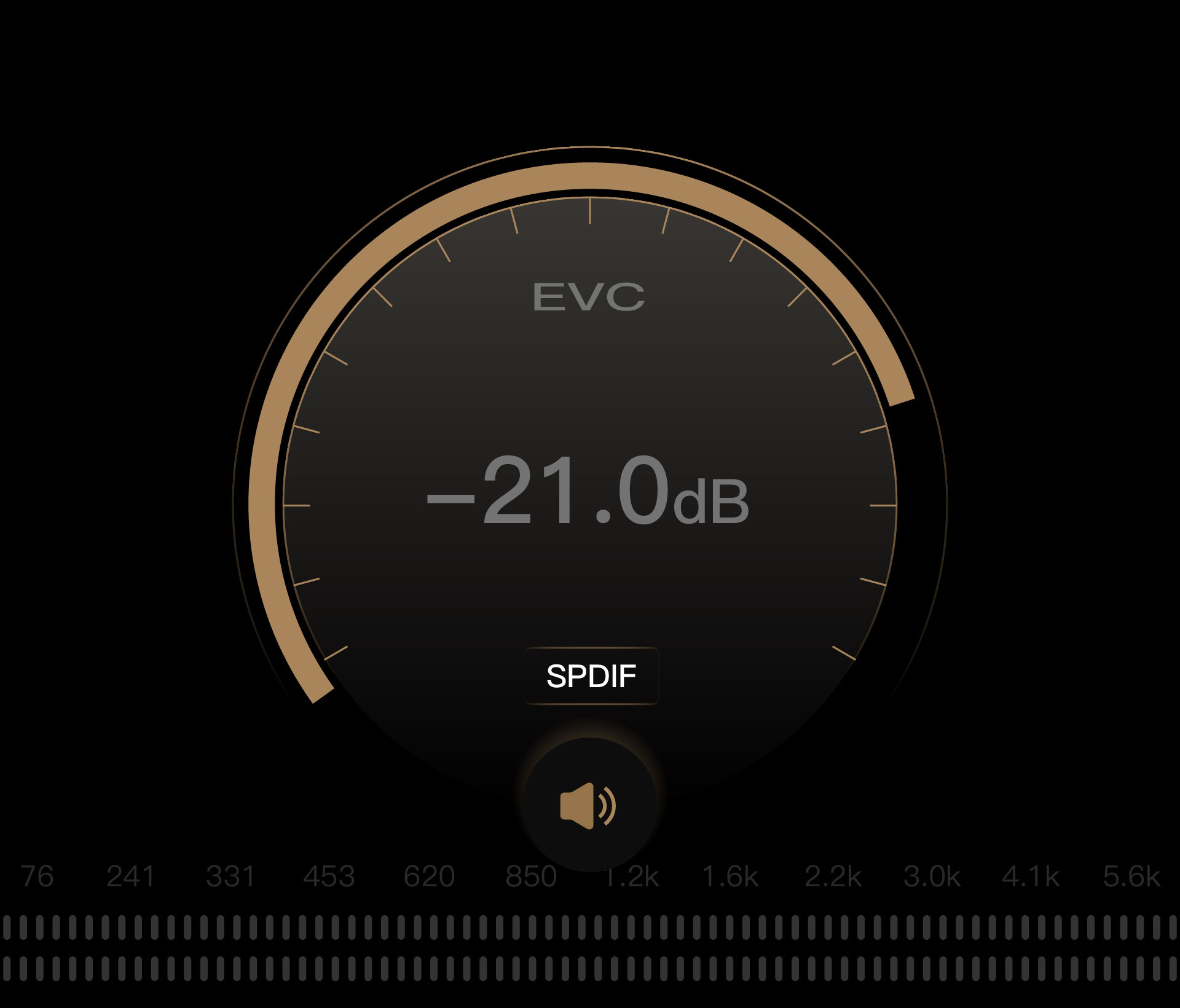
Finally, there’s the EVC, which is used only when the A6 models are functioning as digital transports (on analog outputs, volume control is handled by the Sabre DAC, which operates natively at 32-bit and is highly transparent). Since volume control on a DAC can’t be applied to a digital output - because it occurs after an initial conversion - Eversolo developed the EVC, allowing digital attenuation before reaching an external DAC. This is especially useful given that many DACs, even high-end ones, have filters that clip at 0 dBFS. So, applying a slight pre-attenuation of around -3 dB is a smart move. Quoting Eversolo’s own site: “The EVC engine uses a unique volume adjustment algorithm to precisely eliminate errors at different gain levels, ensuring that while adjusting the volume, the signal shape remains unchanged, thus providing the back-end DAC with more complete audio signal”. In practice, I found the EVC to be both highly transparent and very useful - and if you’re using the A6 or A6 ME as a transport, I recommend trying a -3 dB attenuation and seeing if you notice the difference.
The A6 Gen 2 as a Streamer
There are always multiple ways to evaluate a product, and each customer has specific needs - something that must always be taken into account. For those who use only external protocols or follow a more purist approach, many of the A6’s features may be irrelevant, and the evaluation comes down purely to sound performance - and in that regard, the A6 delivers flawlessly. It offers solid bass, open and detailed highs, very neutral mids, a fast and linear attack, and excellent dynamics for its price range. It was always a pleasure to listen to music on the A6, even for extended sessions. When it comes to sound quality (the focus here), there are other strong brands on the market - I’ve had the good fortune of trying several - and the final choice often comes down more to personal taste than anything else. It’s always recommended that prospective buyers listen for themselves and make a decision with the help of knowledgeable retailers.
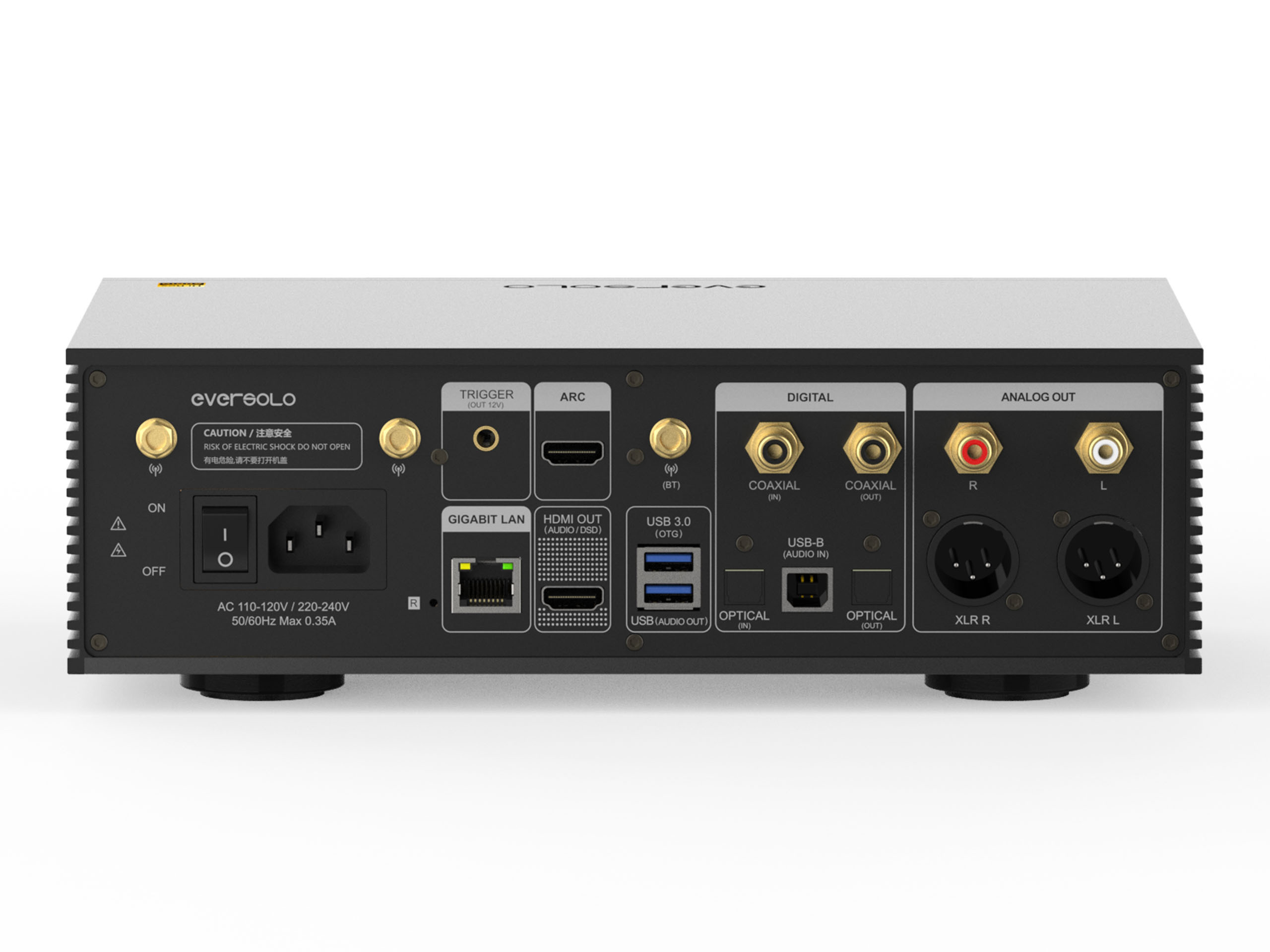
Where the A6 truly stands out from the competition is in its design and, above all, its extensive feature set - no other streamer on the market, at this price point, offers as much or does as much. Period. If these extra features - such as server capabilities, digital transport, ARC input, fully balanced output, DSP, excellent software, and so on - are important to you, then the A6 represents unbeatable value. In fact, as we’ll see in the next section, the A6 is also an outstanding digital transport (and server), and if a customer decides in the future to invest in a more advanced DAC, they can, and absolutely should, keep the A6 for those roles, thereby preserving the value of their original investment.
Conteúdo
- Eversolo A6 and A6 Master Edition Gen 2 Miguel Marques
- Página 2
Outros conteúdos
- 3 dezembro 2025
Musical Fidelity lança o Nu-Vista Vinyl S - 1 dezembro 2025
Cabos de coluna VYDA Artemis - 28 novembro 2025
A combinação SA3 + NP3 da IOTAVX - 21 novembro 2025
Reiki Audio - Positive Energy in Audio - 14 novembro 2025
Eversolo apresenta o DAC-Z10
